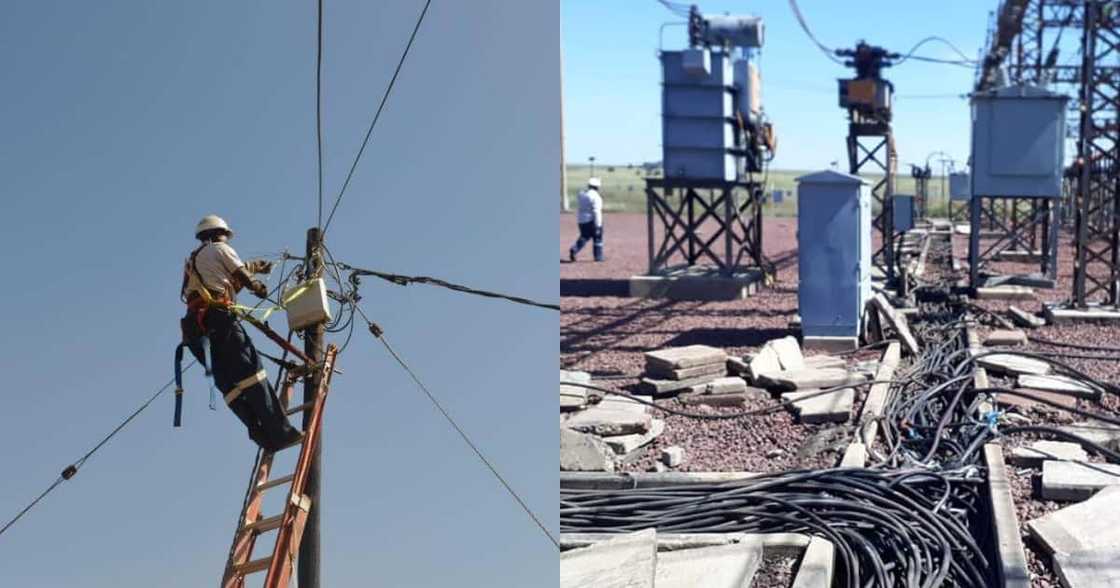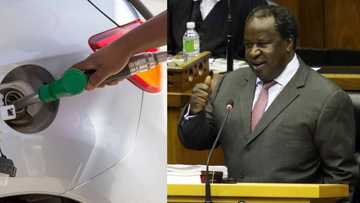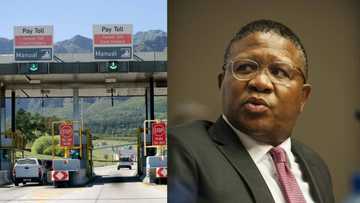Stellenbosch Has a Solution to Load-Shedding, Eskom Is the Problem
- Stellenbosch Municipality is planning on breaking free from Eskom in an attempt to find a permanent solution to load shedding
- An investigation has been launched into alternative energy suppliers to replace Eskom
- Some municipalities already source some of the energy from an independent supplier but Stellenbosch wants to source 100% of its power from alternative sources
PAY ATTENTION: Join Briefly News' Telegram channel! Never miss important updates!
Stellenbosch might be the first municipality to overcome load shedding. In fact, they plan to totally eliminate load shedding altogether. The municipality has signed a deal to end its reliance on Eskom for energy and source its own electricity.
Some municipalities do already source their own electricity but they still have to rely on Eskom to make up the difference.
A scientific investigation into alternative energy sources has been launched by the municipality to eventually end Stellenbosch's dependence on Eskom for electricity and the threat of load shedding.

Source: Facebook
In order to separate itself from Eskom, Stellenbosch will need to find alternative energy suppliers with renewable energy sources on the agenda.
Eskom is not in great shape at the moment as it still recovering from the devastating impact of years of mismanagement according to The South African.
Earlier, Briefly.co.za reported that the High Court has ruled that Eskom may recover R10 billion from consumers, allowing the power utility to increase electricity tariffs by 16%.
This comes after Eskom and the National Energy Regulator of South Africa reached an agreement on the matter.
NERSA had appealed a ruling in July 2020 that enables Eskom to boost revenue by R69 billion over the course of the next three years.
In other news, Eskom has reduced its workforce by around 2 000 over the past year in an effort to slim down its bloated salary bill.
Despite the reduction, Eskom remains overstaffed, according to its CEO Andre de Ruyter, who says 6 000 fewer employees would be ideal.
De Ruyter revealed this in a panel hosted by the Free Market Foundation, during which he explained that the utility has 44 000 employees when instead it should have 38 000.
Enjoyed reading our story? Download BRIEFLY's news app on Google Play now and stay up-to-date with major South African news!
Source: Briefly News



